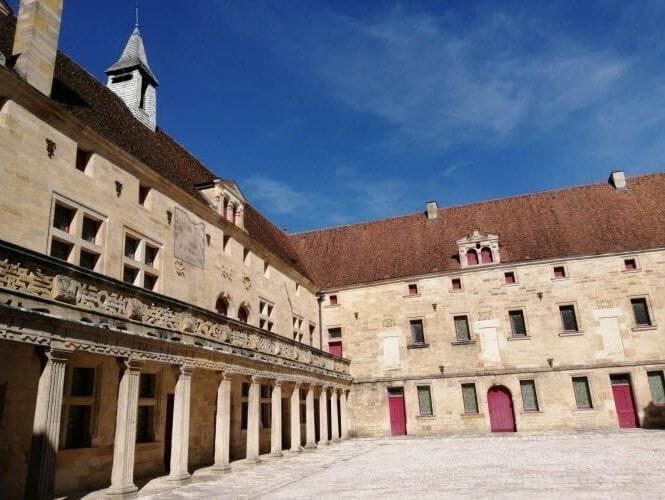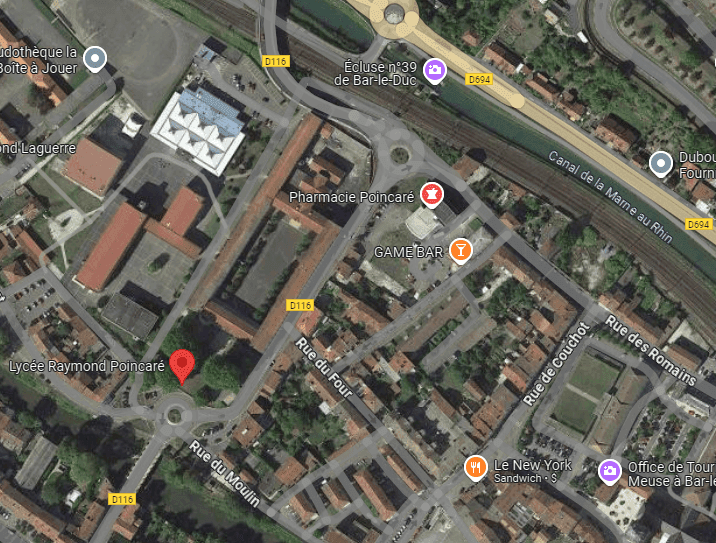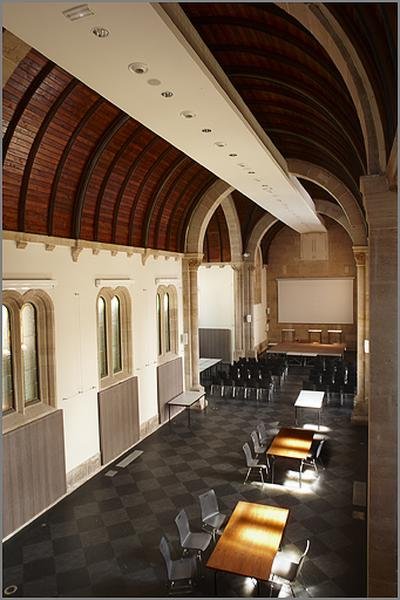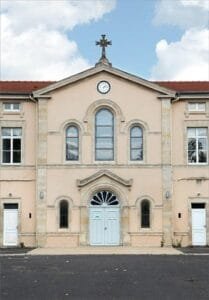The heritage
Discovery of Bar-le-Duc and its cultural treasures
The heritage of Bar-le-Duc
Bar-le-Duc, the capital of the Meuse department, is a city rich in historical and architectural heritage. Emblematic monuments include the Church of Saint-Étienne, an impressive 16th-century structure, and the Clock Tower, a symbol of the city and a remnant of medieval fortifications.
The old town center is an invitation to travel back in time. Visitors can stroll through its alleys, admire Renaissance facades, and discover hidden treasures around every corner. Here, one can also find the famous gooseberry jam, a local specialty that residents are proud of.
Festivals are another highlight of Barisian cultural life. Events such as Bar’EnVoix, an a cappella singing festival, celebrate the city’s artistic excellence and rich heritage. These events bring residents and visitors together in a festive atmosphere and offer a unique opportunity to experience regional culture in all its forms.
In summary, Bar-le-Duc’s heritage is a true treasure waiting to be discovered—a testament to its rich history and vibrant culture that has endured for centuries.
Collège Gilles de Trèves: A Jewel of the Renaissance
The Collège Gilles de Trèves, located in the heart of the city, is a rare gem of Renaissance architecture in Lorraine. It was founded in the early 17th century by Gilles de Trèves. This iconic building is a testament to the ingenuity and aesthetics of that era. Originally intended to provide quality education to the region’s youth, the college was built in 1573 and embodies the humanist ideals championed by its founder.
The Collège Gilles de Trèves, located in the heart of the city, is a rare gem of Renaissance architecture in Lorraine. It was founded in the early 17th century by Gilles de Trèves. This iconic building is a testament to the ingenuity and aesthetics of that era. Originally intended to provide quality education to the region’s youth, the college was built in 1573 and embodies the humanist ideals championed by its founder.
Throughout the centuries, the college has preserved its educational role by adapting to the changing needs of each era. It has welcomed many generations of students and played a central role in the region’s intellectual and cultural development.
The college was listed as a historical monument in late 1992 but permanently closed its doors in 2002. Between 2006 and 2015, a series of restorations were carried out. Today, the college serves as a venue for various cultural and educational events.
The R. Poincaré Chapel: A Symbol of Remembrance
Bishop Louis Rossat of Verdun blessed the church on August 11, 1857. At that time, only the nave had been constructed. The transept and choir were completed three years later, in 1860. The design favored a projecting transept and flat chevet as opposed to the initial project, which offered a five-sided chevet without a transept.
Architect Israel Dos Santos restored the chapel in 2007 and converted it into a performance hall.
Hôtel de Ville: The Legacy of Oudinot
This neoclassical townhouse was commissioned by Marshal Charles-Nicolas Oudinot, who wanted a residence in his hometown that would be fitting for a military officer. The municipality acquired it in 1868.
The street-facing façade consists of a modest central building with two set-back wings, preceded by two lower service buildings. The garden-facing side of the building features a central projection that supports a triangular pediment. Three oculi and a wide balcony adorn this section.
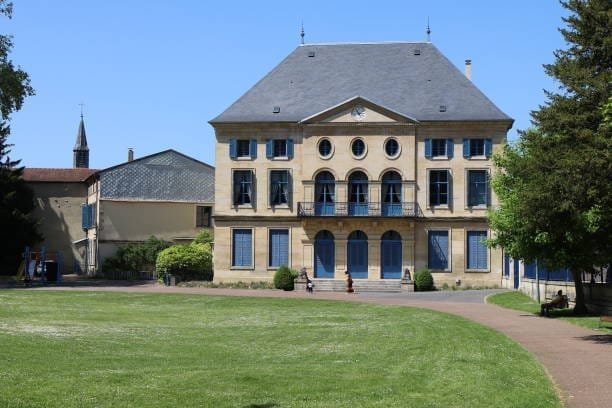
The hotel was destroyed by a fire in 1813 and rebuilt identically shortly after. Marshal Oudinot received Emperor Napoleon there several times. Napoleon preferred his friend’s residence to the official Prefecture building.
Reggio Square: History and Charm
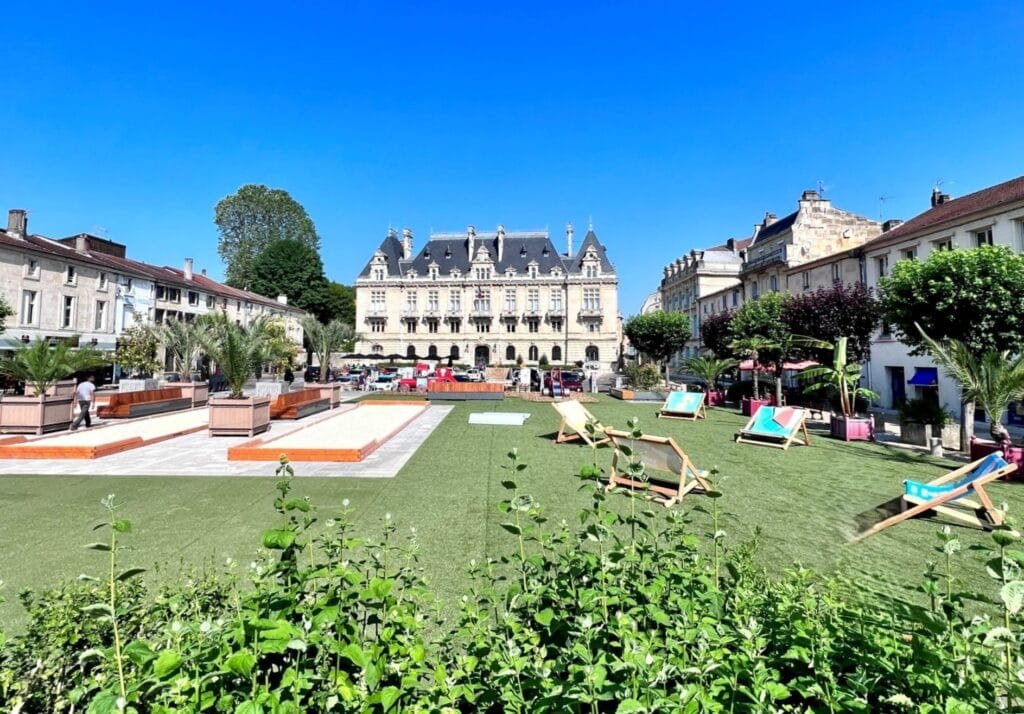
Located in the heart of the lower town, Place Reggio is Bar-le-Duc’s central hub. Created at the end of the 18th century at the intersection of two historic neighborhoods, it was named in honor of Marshal Nicolas-Charles Oudinot, Duke of Reggio, in 1857. A statue of Oudinot, erected by public subscription in 1850, stands at the center of the square.
The square is an important thoroughfare, connecting the new town and its aligned streets to the Bourg district and the Prefecture, which overlooks the area majestically.
From the first rays of sunlight, the square comes to life with beautiful stone houses, remarkable facades, and a vibrant commercial scene of several cafes and restaurants.
The market square: Markets and Concerts
Another central location in Bar-le-Duc is the covered market, which is especially lively on market days: Tuesdays, Thursdays, and Saturdays.
Restored in 2019, the market runs along the banks of the Ornain and the Griesheim terraces.
Not far away is the Notre-Dame Bridge, which has the unique feature of housing a chapel oratory. This small religious building contains a 17th-century statue of the Virgin Mary.
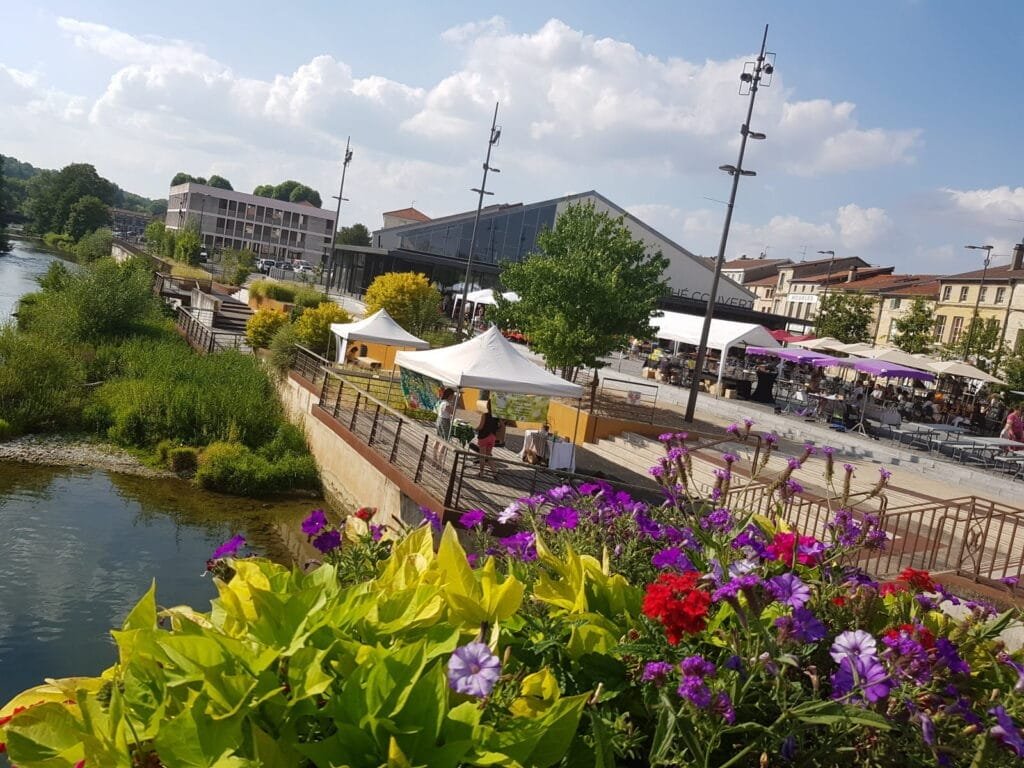
Numerous events take place throughout the year according to the seasons. Many concerts are organized by café owners who line the square.
The heritage around Bar-le-Duc
The Saint-MANSUY Church of Culey
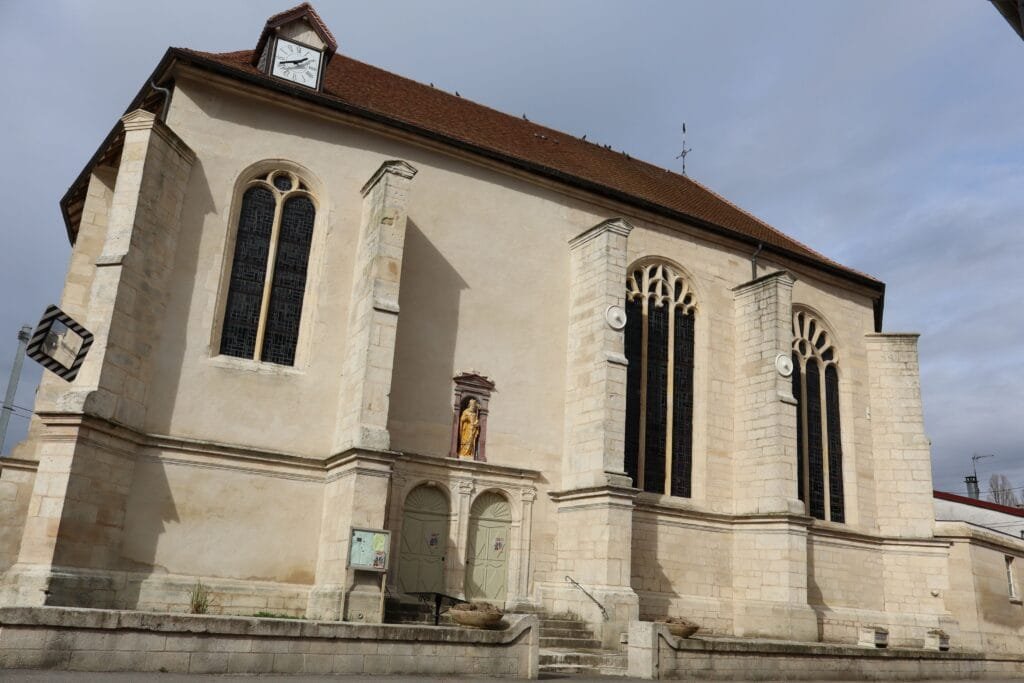
The Saint-Mansuy Church is a Renaissance building constructed in the 16th century. The choir dates to 1532.
It is a hall church with three naves and four bays, rib-vaulted, and features a pentagonal apse and a portal in the flamboyant Gothic and Renaissance styles.
The church’s evolution has been marked by regular works: the nave was restored in 1819, the tower was repaired in 1876, the framework was replaced in 1880, and the spire was repaired in 1898.
A restoration campaign for the framework and roofs took place from June 2020 to April 2021 (Phase 1). Phase 2, which covered the other half of the building, started in July 2021.
The building has been listed as a Historical Monument since May 2, 1912.
The Saint-Hilaire Church of Longeville-en-Barrois

Designed in the shape of a Latin cross, the Saint-Hilaire church boasts a stunning ogival vault adorned with striking angular ribs.
The building was designated a historical monument in 1990, in part because of its Renaissance porch with a painted tympanum and a statue of the Virgin with grapes. Inside, the church is adorned with a carved pulpit, a classified gallery organ inaugurated in 1903 by Charles Didier-Van Caster, and a statue depicting the martyrdom of Saint Sebastian.
The crossing of the transept is topped by a bell tower adorned with a frieze of roses and sculpted heads, which houses a clock and bells. The choir was restored in 1854.


